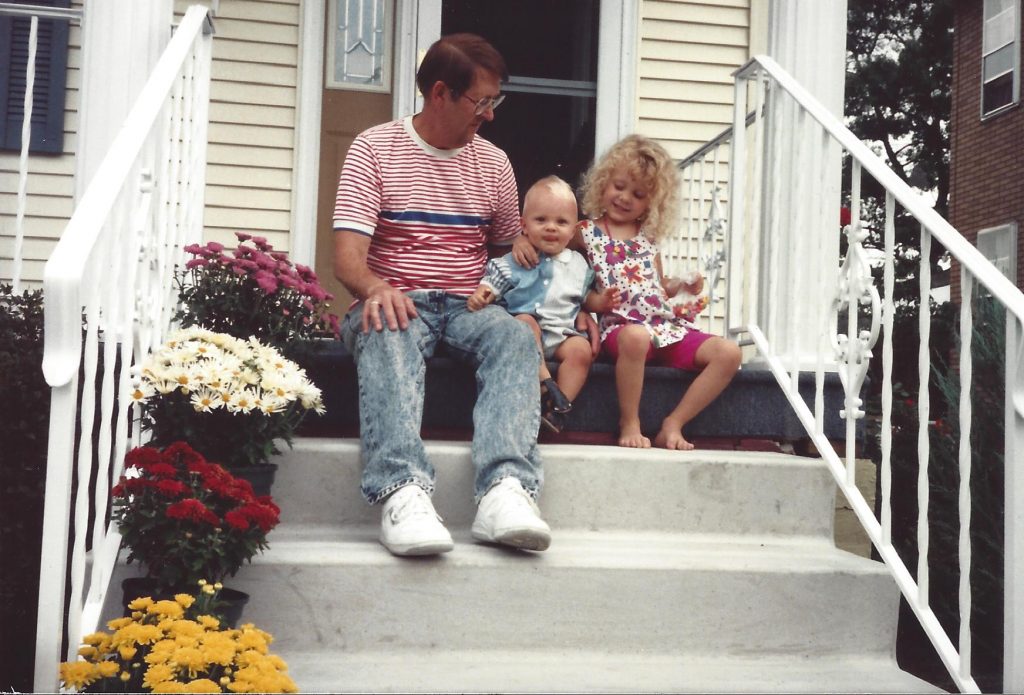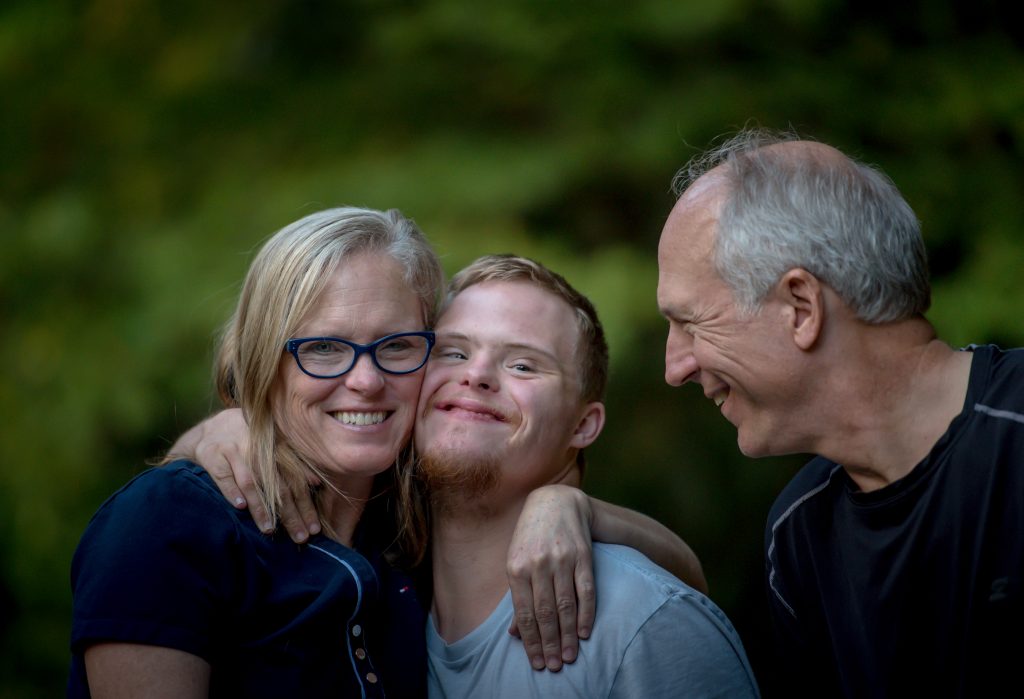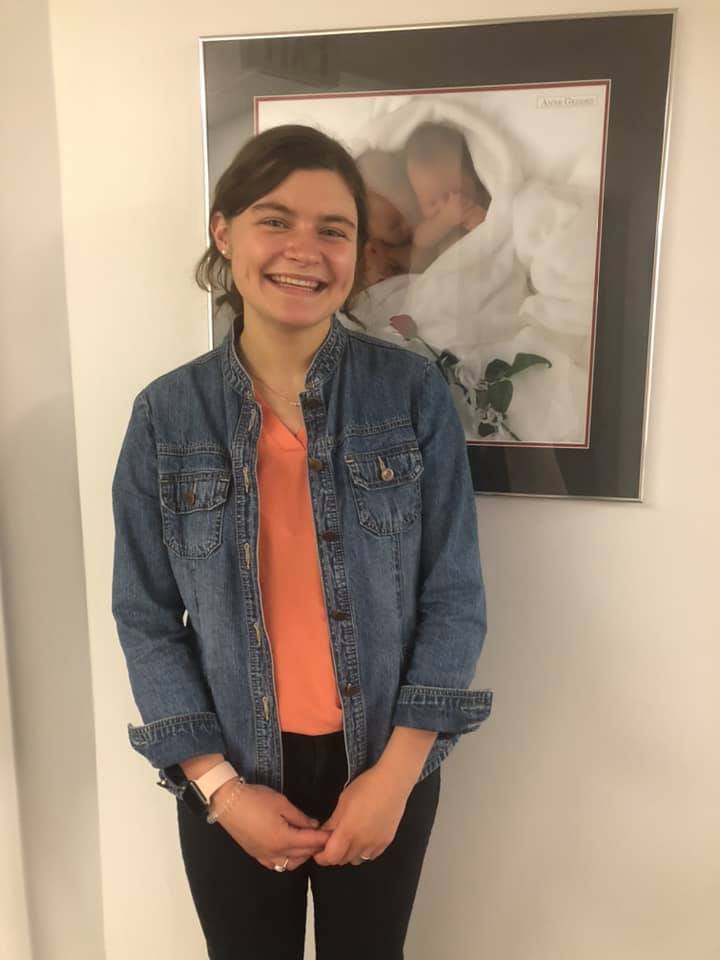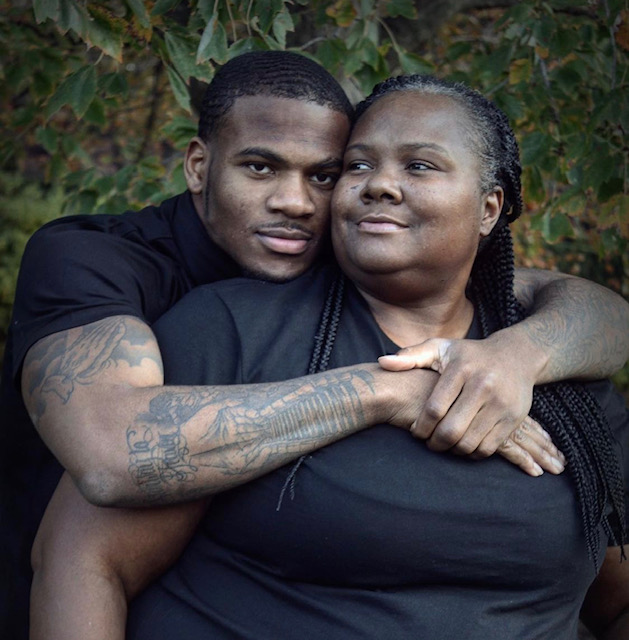FOR IMMEDIATE RELEASE CONTACT: MARIA GALLAGHER, PPLF
717-541-0034
HARRISBURG, PA – The Pennsylvania Pro-Life Federation issued the following statement in the wake of Pennsylvania Governor Tom Wolf’s lawsuit against a Constitutional Amendment which would keep abortion out of the PA Constitution:
“The Pennsylvania General Assembly has a right to seek to amend the Constitution, and to do so without the consent of the Governor,” said Maria Gallagher, legislative director of the Pennsylvania Pro-Life Federation.
“Prior to Roe v. Wade, the common law, statutory law, and case law of Pennsylvania all prohibited abortion. Therefore, Gov. Wolf’s claims that this Amendment is ‘removing rights’ from the Constitution or ‘scaling back’ on a fundamental right of privacy that includes a right to abortion is false,” Gallagher said.
“Such a right never existed in the Pennsylvania Constitution. There is no reference to ‘abortion’ in the PA Constitution nor is there any case construing the PA Constitution to include a right to abortion,” Gallagher added.
Pro-abortion groups, however, have filed a lawsuit–currently before the PA Supreme Court–trying to get the current Court to find a non-existent right to abortion in the Constitution and to force taxpayers to fund abortion.
This Amendment simply states that the Constitution itself does not mandate these things and it leaves the decision of what the law should be regarding abortion to the elected representatives of the people–not to the Court.
In the absence of this amendment, the Court could usurp the legislative function and require that abortion be allowed on demand up until birth and also require that taxpayers fund it—all contrary to the will of the people!
************************************************************************The Pennsylvania Pro-Life Federation is a grassroots right-to-life organization with members statewide. As the state affiliate of National Right to Life, PPLF is committed to promoting the dignity and value of human life from conception to natural death and to restoring legal protection for preborn children.









